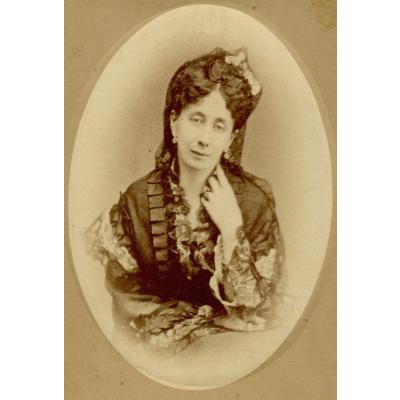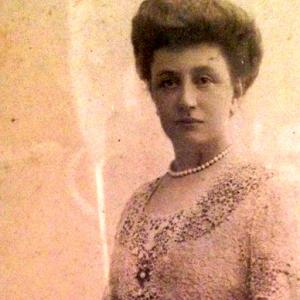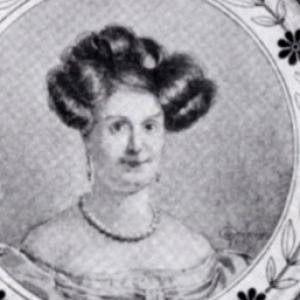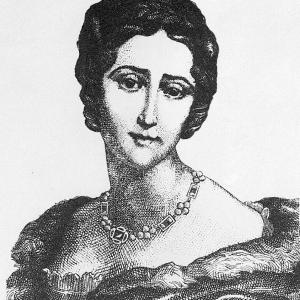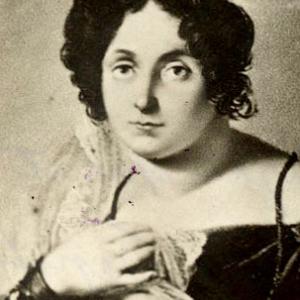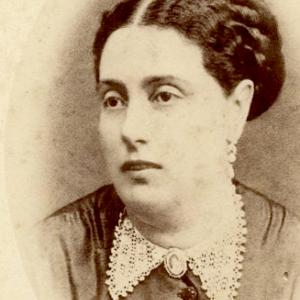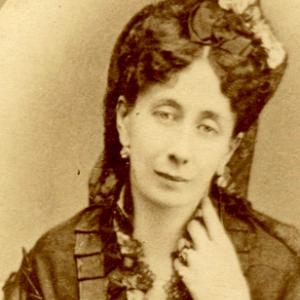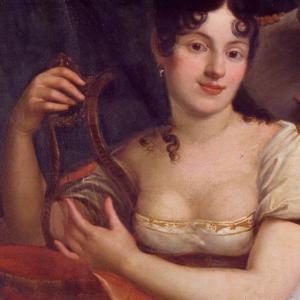Schede
Despite its situation was apparently at the border of the national politics centers, Bologna, before and after the Risorgimento, was a lively city. Both in the “French” and in the Risorgimento years, we may talk about a Bolognese élite which participated in the national projects oriented towards renewal and modernity.
In this landscape, women’s presence was really preponderant, engaged in literary and (theatrical/drama) activities, but also – more surprisingly than the dominant currents and mentalities could let people believe – political. According to the model of Madame de Rambouillet’s chambre bleu, at least from the end of XVIII century, the place of Bolognese women (sociability) definitely was the salon. Here, the women of Bolognese aristocracy and high bourgeoisie, educated and fine, used to gather to discuss of art, literature and then politics too. Therefore, we need to make a distinction between a first period, featured by convivial reunions that mainly got the appearance of circles and of literary and musical clubs, like Maria Brizzi Giorni’s, Teresa Carniani Malvezzi’s and Cornelia Rossi Martinetti’s salon-garden, and a second moment when, at least from the revolution of 1831, it was politics that got into the Bolognese upper class ladies’conversations. In the first half of XIX century, Bologna was divided into a clerical élite that used to gather in Marsigli, Grabinski, Sassoli Tomba and Rusconi salons and a liberal opposition that was inspired by Minghetti’s policy and used to gather mainly in Pepoli’s and Tanari’s houses. Here, of course, it was women who “held conversations”, women who were well-informed about the national and European political evolution: they didn’t hesitate, during fight moments, to “scendere in piazza” (“go down to the square”) to build barricades or to knit flags and raise funds for the soldiers at the front. One of the interesting aspects of this Bolognese (sociability) is proved by the fact that very often the salon tradition is transferred from the first to the second generation: the marchioness Brigida Fava Ghisilieri Tanari and the daughter Augusta Tanari Malvezzi; the princess Letizia Murat Pepoli and the daughter countess Carolina Tattini Pepoli or the salon of the Marsili. So, the salon became the privileged place where women might manifest their own ideas and join the city public life; not accidentally, the end of these sociability places was marked, at about the end of XIX century, by the progressive development of other kinds of women reunions. In fact, they began uniting into associations and raising their voices through magazines and newspapers.


